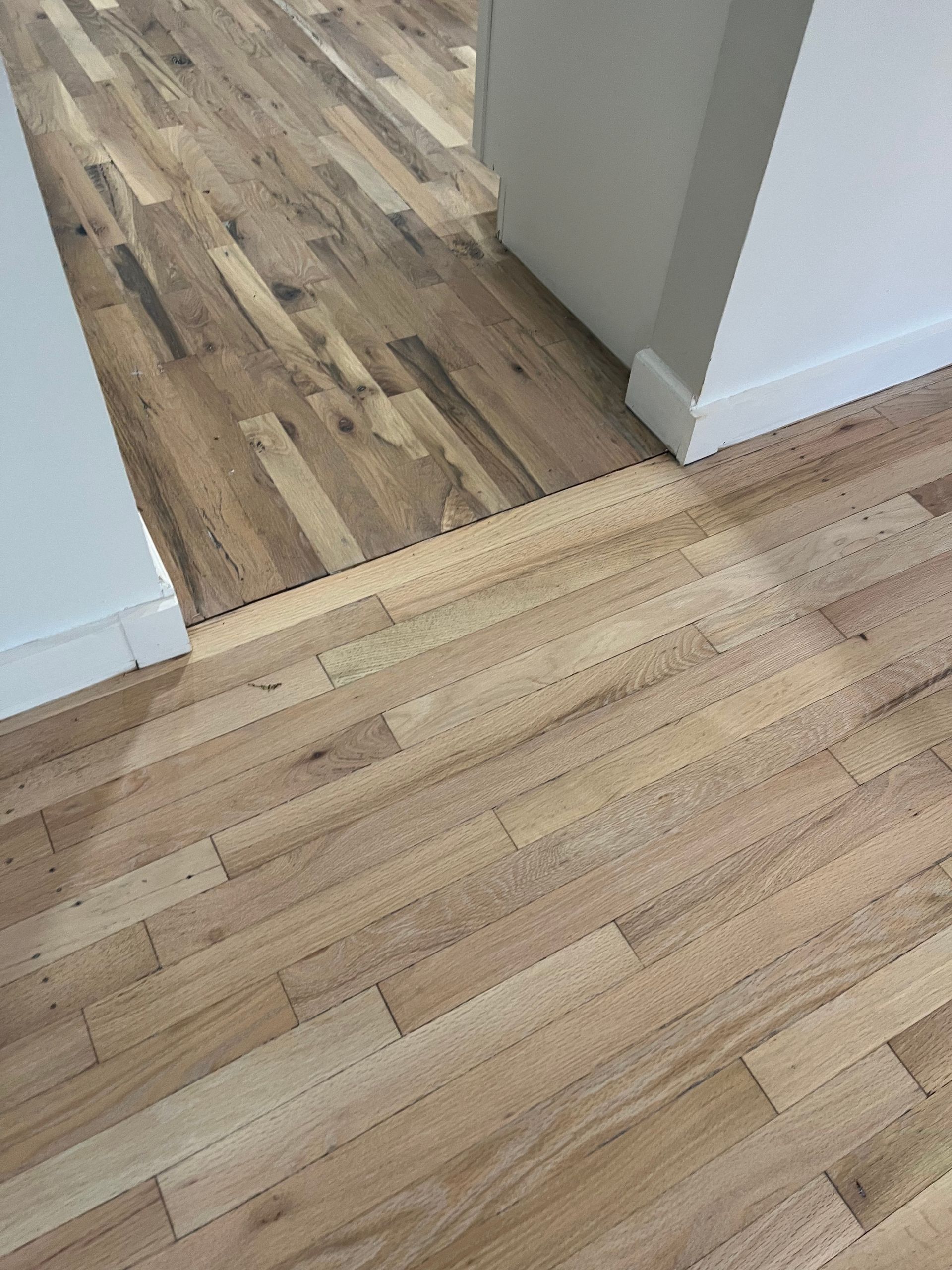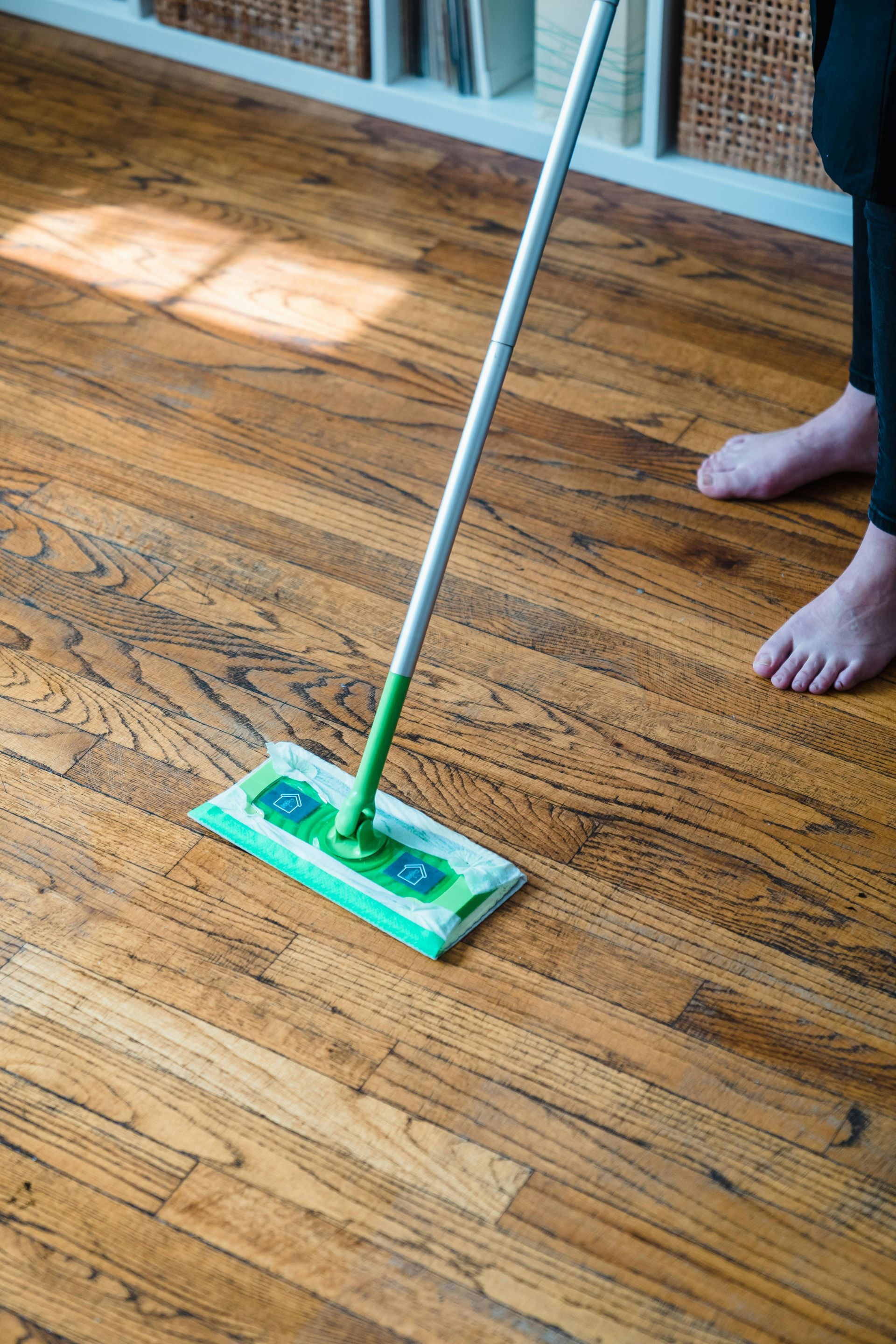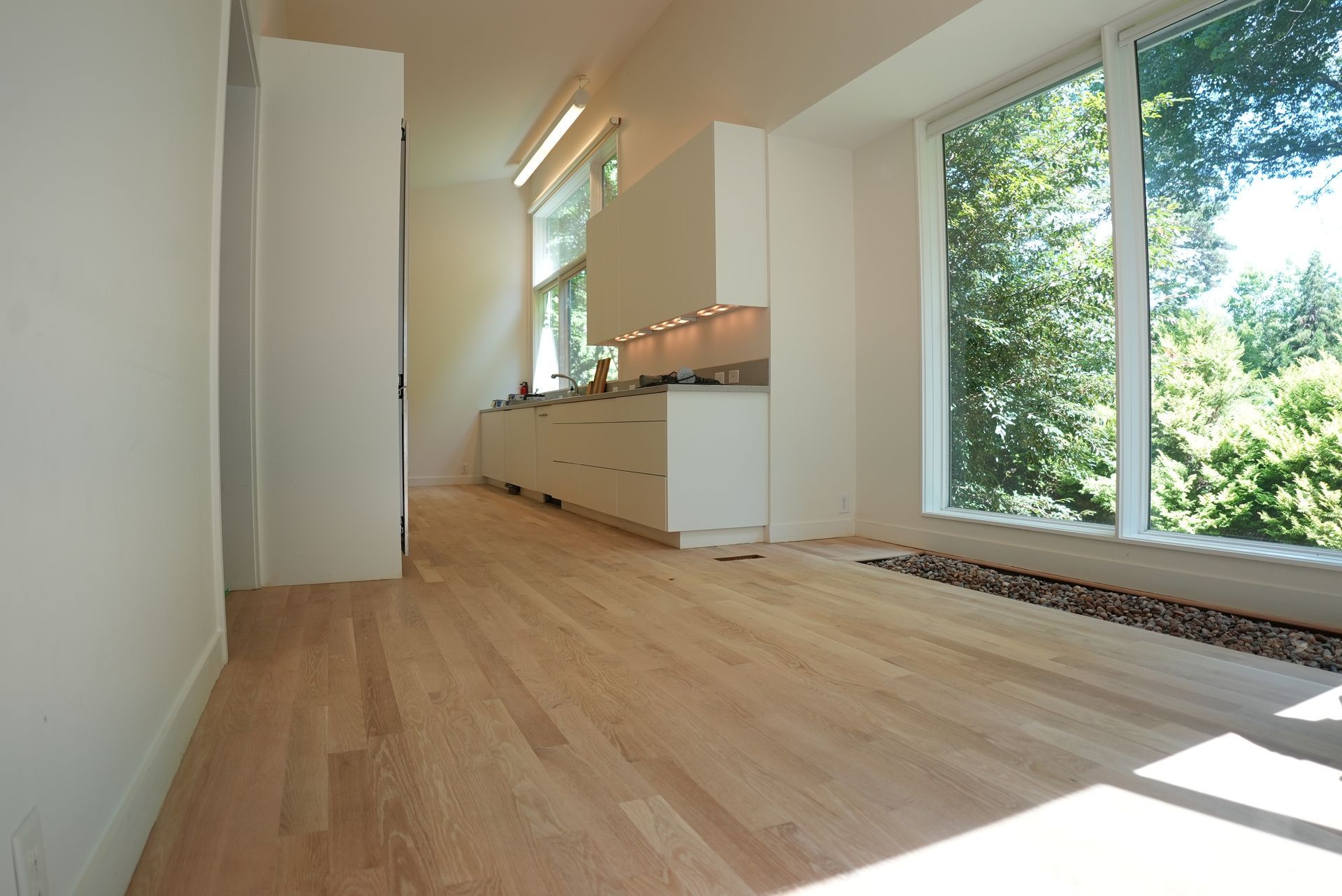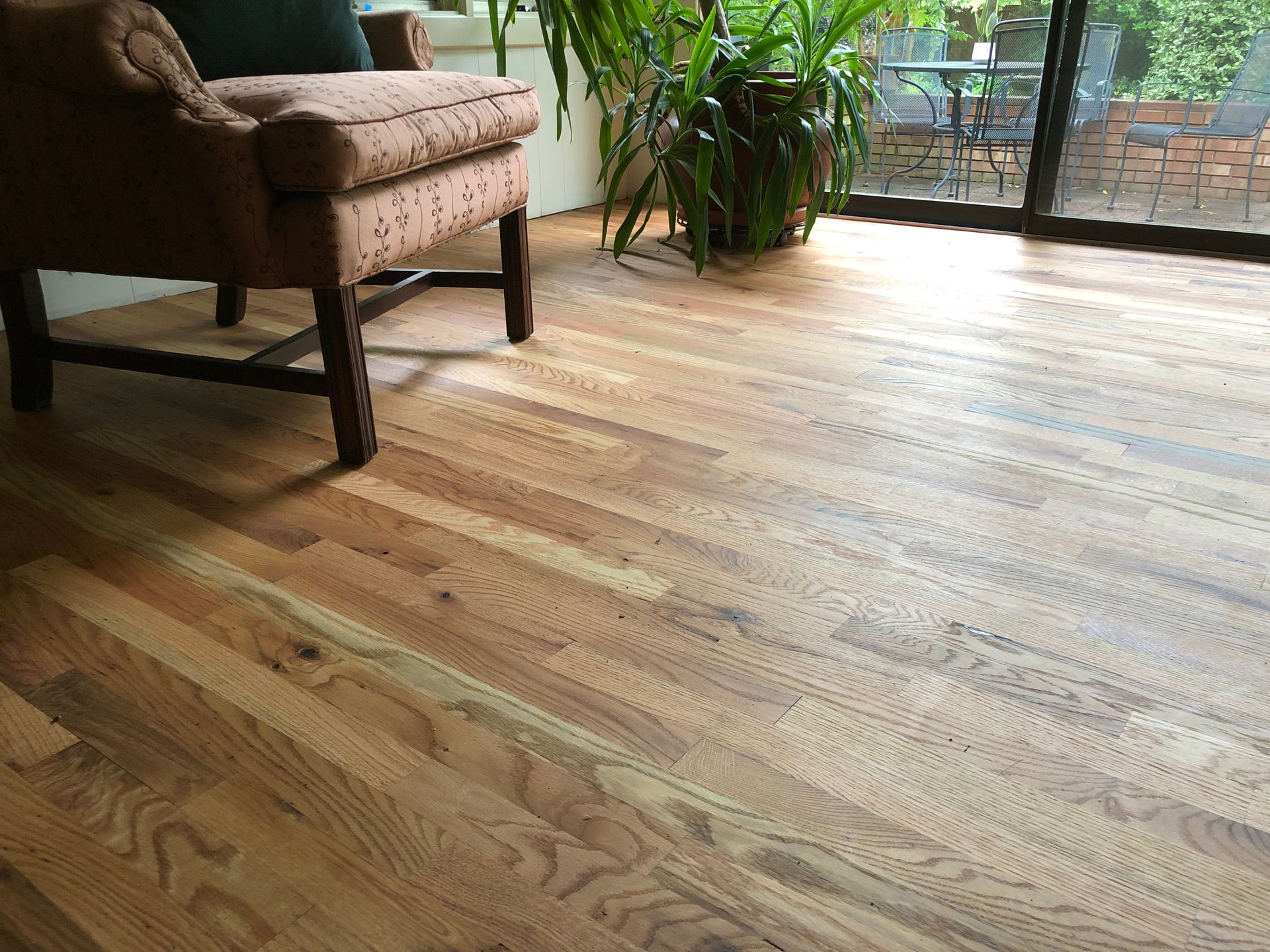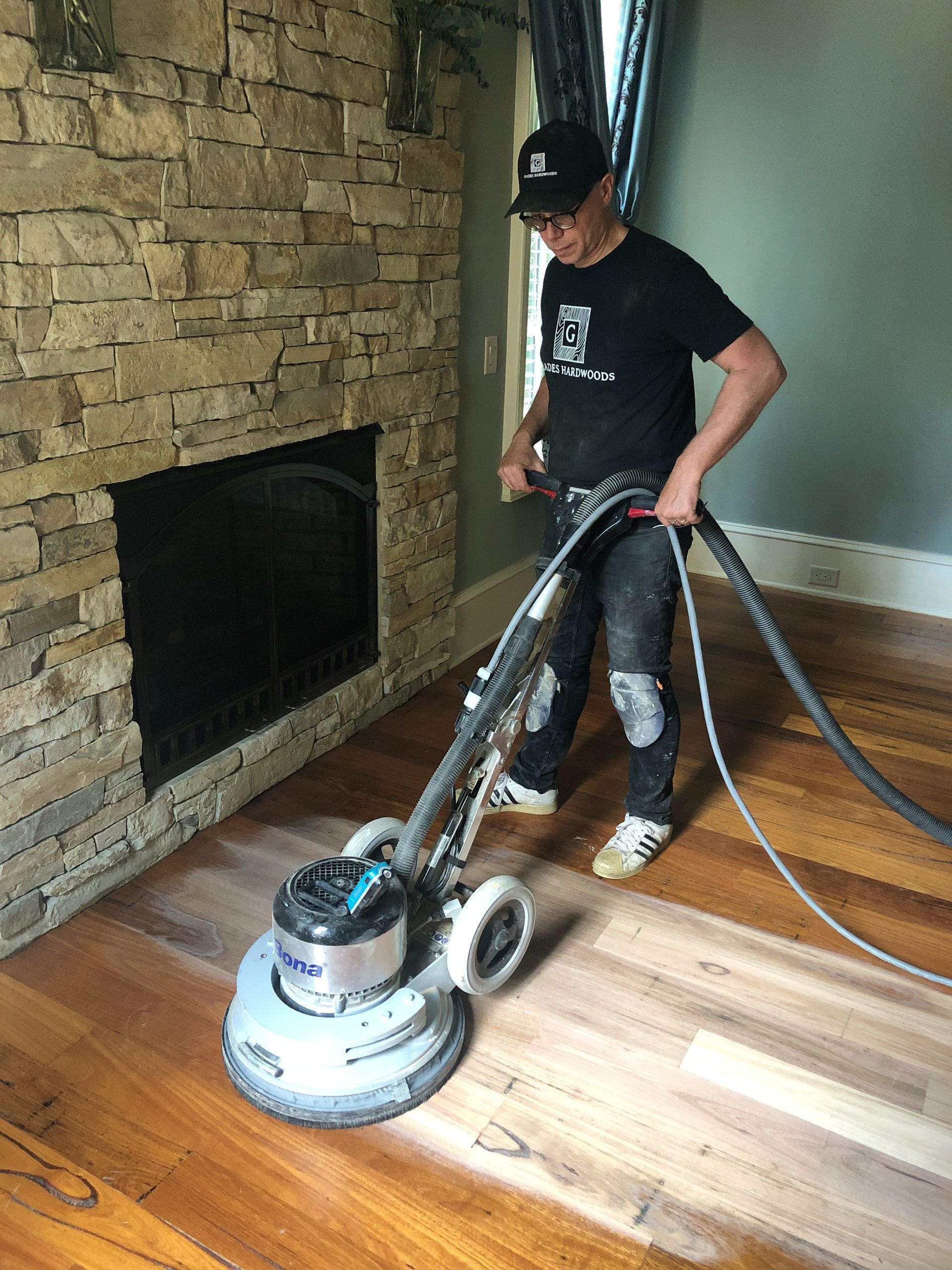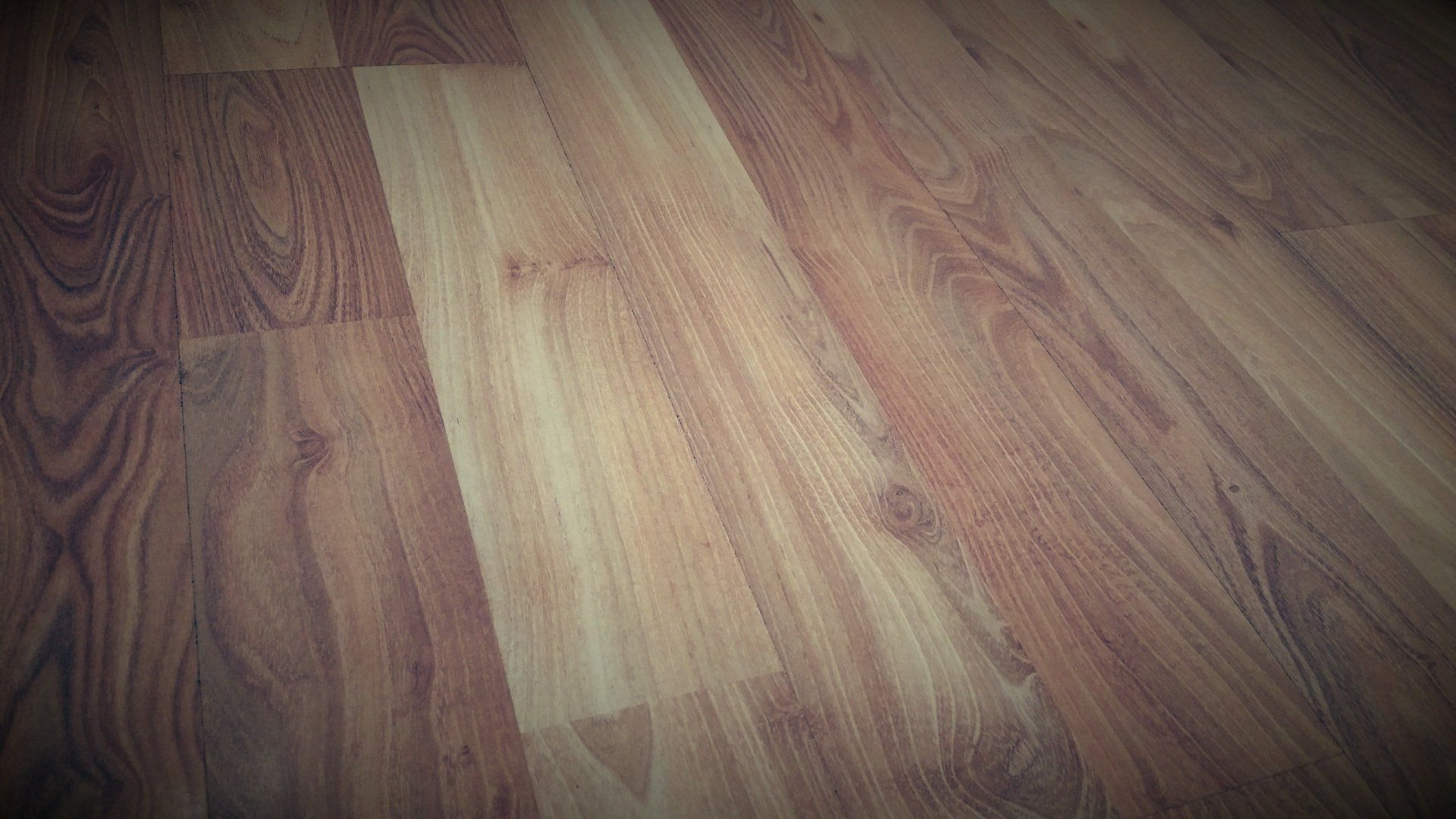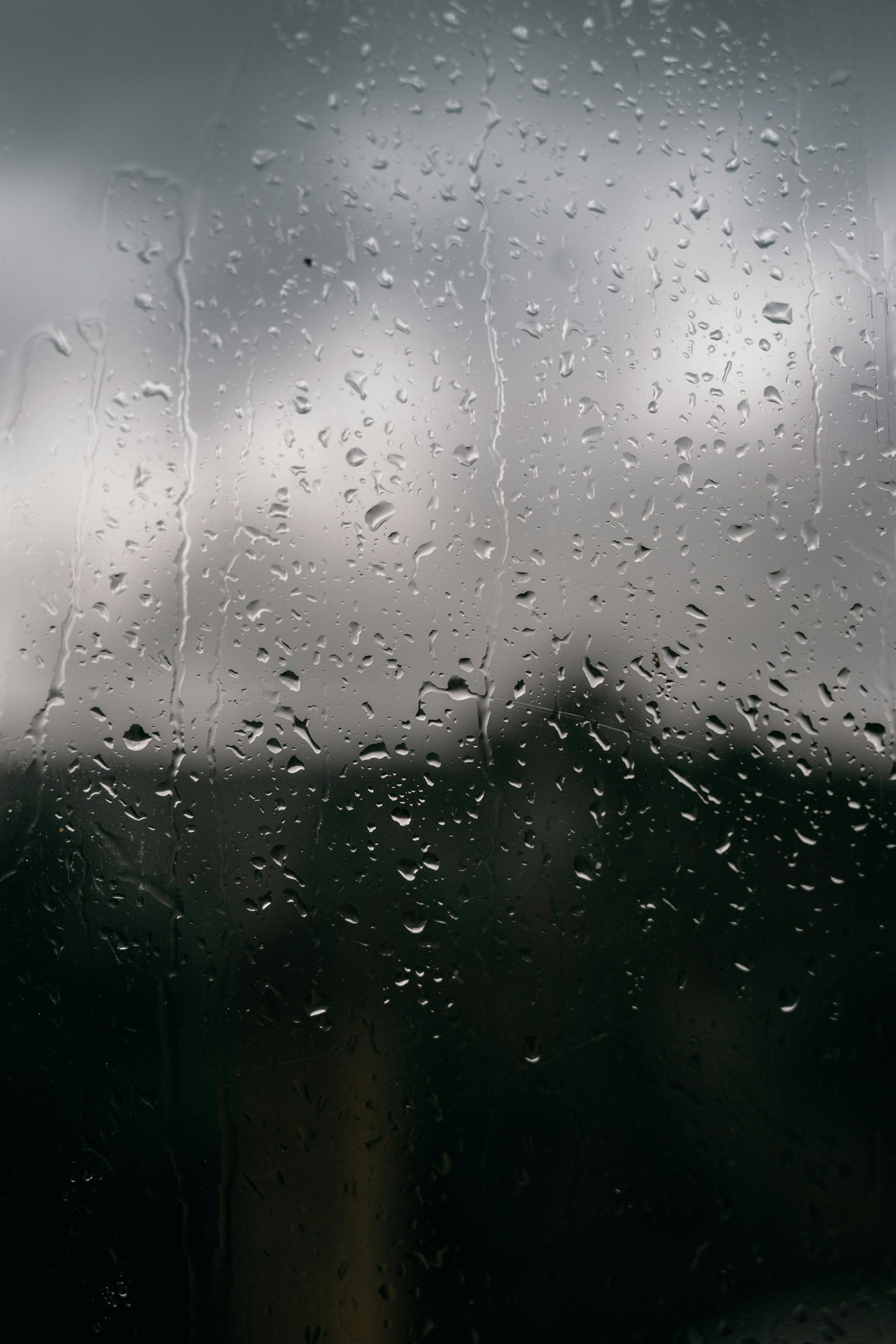The Risks of Improper Sealing in Hardwood Floor Refinishing
Protect Your Investment.
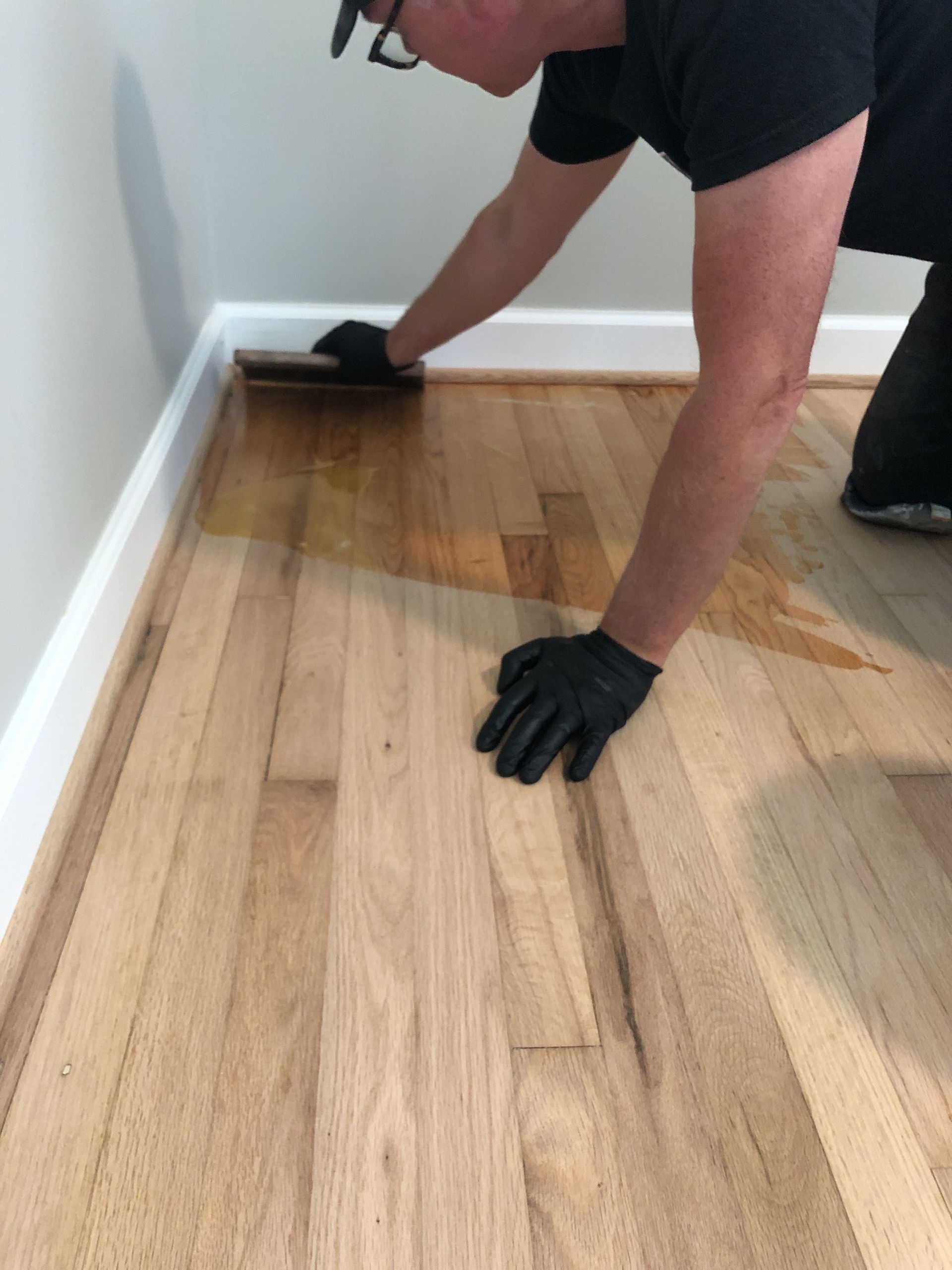
Improper sealing of hardwood floors can lead to a series of complications, from a lack of durability to increased maintenance needs. In hardwood floor refinishing, the sealing process plays a crucial role, creating a barrier that protects the floor from moisture, dirt, and general wear. When hardwood floors are improperly sealed, issues can arise that may shorten the lifespan of the floor and negatively impact its appearance.
What is Hardwood Floor Sealing?
Sealing is a critical step in hardwood floor refinishing, as it creates a durable layer over the surface of the wood. Hardwood floor sealers are designed to penetrate the wood fibers, providing a protective barrier that keeps moisture, dust, and other contaminants from seeping into the wood. This barrier not only preserves the appearance of the floor but also makes it easier to clean and maintain. Various types of sealants are used for hardwood floors, including oil-based polyurethane, water-based polyurethane, shellac, and wax.
Common Mistakes in Sealing Hardwood Floors
Improper sealing often stems from rushing the refinishing process, using the wrong products, or failing to properly prepare the floor. Here are some common mistakes that lead to improper sealing and the resulting issues:
1. Inadequate Surface Preparation
Preparation is key to achieving a durable and long-lasting finish. Dust, dirt, and oil residue left on the floor will interfere with the sealant’s ability to adhere properly. Sanding is essential to remove the top layer of old finish and ensure a smooth, clean surface. When sanding is incomplete or uneven, it can cause the sealant to pool or fail to penetrate properly, leading to peeling or flaking over time.
2. Using the Wrong Type of Sealant
Not all hardwood floor sealers are suitable for every type of wood. For example, oil-based polyurethane is known for its durability and warmth but can yellow over time, making it less suitable for light-colored woods like maple. In contrast, water-based polyurethane maintains the natural color of the wood but may not provide as robust protection as oil-based options. Choosing the wrong type of sealant can lead to compatibility issues and ineffective sealing.
3. Failure to Apply Sufficient Coats
Many sealants require multiple coats to achieve maximum protection. Skipping coats or applying thin, uneven layers can leave areas of the wood unprotected. In high-traffic areas, this can result in accelerated wear, leaving the floor vulnerable to scratches, scuffs, and water damage.
4. Not Allowing Proper Drying Time
Sealants need adequate time to dry between coats. Failing to adhere to recommended drying times can lead to a sticky, uneven surface, trapping dust and debris and diminishing the durability of the finish. Rushed drying can also cause the sealant to cure improperly, leading to premature peeling or cracking.
5. Applying Sealant in High Humidity or Low Temperatures
Environmental conditions play a crucial role in the sealing process. High humidity can slow drying times, while low temperatures may prevent the sealant from curing properly. Both conditions can cause a compromised finish, leading to improper adhesion and a weakened protective layer.
Consequences of Improperly Sealed Hardwood Floors
The impact of improper sealing on hardwood floors can range from minor aesthetic issues to severe structural damage. Here are some common problems resulting from poor sealing:
1. Moisture Damage
One of the primary functions of a hardwood floor sealant is to protect against moisture. Improper sealing allows water to penetrate the wood, which can lead to warping, swelling, and buckling. Over time, moisture can cause the wood to expand and contract, damaging the structural integrity of the floor.
2. Increased Vulnerability to Scratches and Scuffs
A well-applied sealant acts as a barrier against scratches and scuffs. Without this protective layer, hardwood floors become highly susceptible to damage from everyday use. This is especially problematic in high-traffic areas and homes with pets or children.
3. Dulling and Discoloration
Improper sealing can cause uneven color and sheen, making the floor appear patchy or blotchy. UV rays from sunlight can cause further discoloration, especially on floors that are not sealed with UV-resistant products. Over time, this can give the floor an aged or worn appearance, reducing its visual appeal.
4. High Maintenance Needs
Without proper sealing, hardwood floors will require more frequent cleaning and refinishing. Dirt and debris can more easily penetrate the wood, making it harder to keep the floors looking clean. This increases both the time and cost of maintenance.
5. Shortened Floor Lifespan
Perhaps the most significant consequence of improper sealing is a shortened lifespan for the hardwood floor. Moisture, scratches, and general wear will take their toll faster on an improperly sealed floor, often leading to the need for costly repairs or even replacement.
How to Avoid Improper Sealing
Taking the time to properly seal hardwood floors can save homeowners from a variety of costly problems down the line. Here are a few tips to ensure that hardwood floor sealers are applied correctly:
1. Choose the Right Sealant for Your Floor Type
Each type of hardwood and floor finish has specific sealants that work best. Consulting with a hardwood floor refinishing professional or doing research can help determine which sealant is most compatible with your floor’s type and finish.
2. Follow Proper Application Techniques
Proper technique involves not only applying the sealant evenly but also making sure that each coat is allowed to dry completely. Using tools such as applicator pads, rollers, or brushes can help in evenly spreading the sealant across the floor. Avoid overloading the applicator, as it can lead to streaking and pooling.
3. Account for Environmental Conditions
Sealing should ideally take place in a controlled environment, with low humidity and moderate temperatures. If sealing needs to be done in a more humid climate, using a dehumidifier or fan can help control moisture levels and speed up drying times.
4. Allow Sufficient Drying and Curing Time
The drying time between coats is critical to a successful finish. Following the manufacturer’s recommendations for drying and curing times ensures that each layer of sealant bonds correctly, creating a strong and durable finish.
5. Work with Experienced Professionals
While DIY hardwood floor refinishing can be rewarding, professional help is often beneficial for sealing. Experts have experience with different types of sealants and know how to prepare the surface correctly. They can also identify potential issues before they arise, helping you avoid the common pitfalls of improper sealing.
Properly sealing hardwood floors is essential for maintaining their beauty, durability, and longevity. Mistakes in the sealing process can lead to issues such as moisture damage, scratches, and discoloration, ultimately shortening the lifespan of the floor and increasing maintenance needs. By understanding the role of hardwood floor sealers and following best practices, homeowners can ensure a strong, protective finish that keeps their floors looking beautiful for years to come. Whether taking a DIY approach or working with professionals, attention to detail and adherence to proper techniques can prevent the many consequences of improper sealing, safeguarding your hardwood investment and preserving the character of your space.

